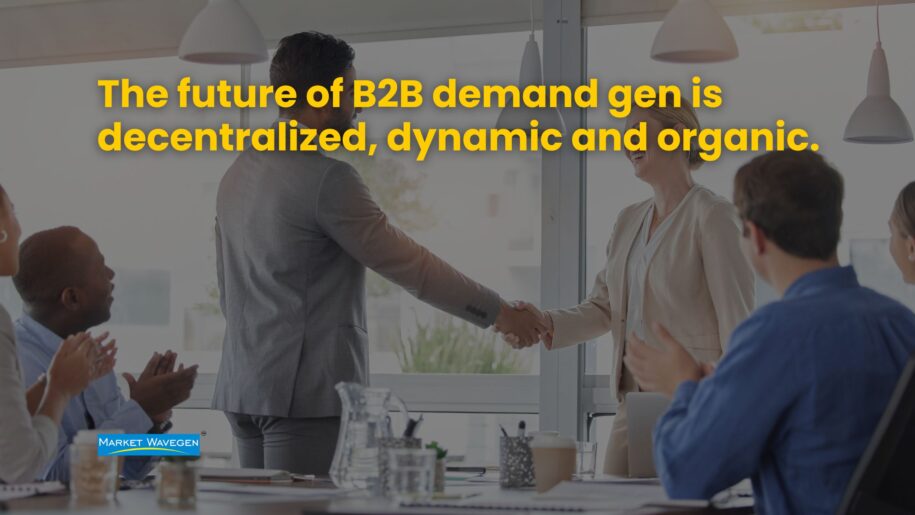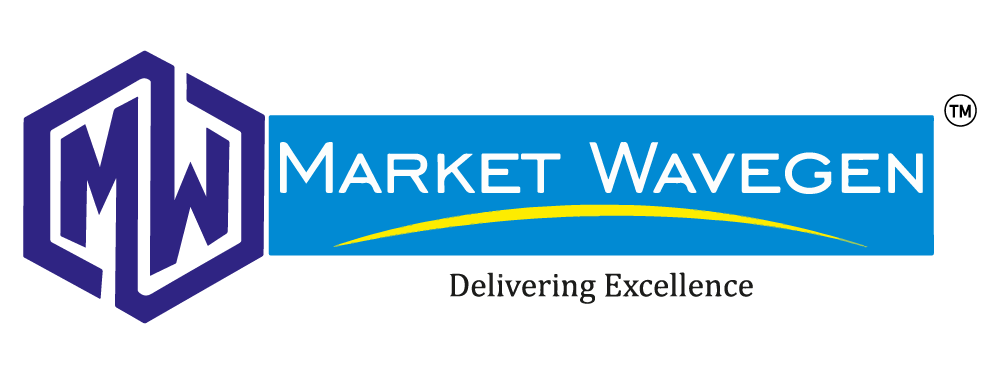Industry Trend Breakdown & Real-World Examples
The traditional marketing funnel—where leads enter at the top, go through qualification stages, and convert at the bottom—is quickly becoming outdated. In today’s digital landscape, B2B growth isn’t linear; it’s dynamic, decentralized, and influenced by multiple touchpoints outside a brand’s control. This shift has led to the rise of demand generation ecosystems, where engagement, trust, and community-building take center stage.
The Fall of the Funnel Mentality
Marketing funnels worked well in an era when information was controlled by companies, and customers relied on direct interactions with sales reps to make purchasing decisions. However, the modern buyer is more independent, consuming content, gathering insights from dark social (private communities, word-of-mouth, and peer recommendations), and making decisions long before they engage with a brand.
Some key reasons why the funnel is breaking down:
- Non-linear Buyer Journeys: Customers no longer follow a predictable path. They engage with content, peers, and platforms in a way that suits them.
- Dark Social’s Rise: Private Slack groups, LinkedIn discussions, and WhatsApp communities shape purchase decisions more than traditional lead-gen forms.
- Content Overload: Buyers are bombarded with information, making it harder for traditional inbound tactics to stand out.
- Trust-Based Decision Making: Customers trust peers, influencers, and industry experts over branded content.
To succeed, businesses must transition from a rigid funnel to a flexible demand generation ecosystem.
The Ecosystem Approach to Demand Generation
Instead of pushing prospects down a predefined funnel, modern demand gen focuses on creating an interconnected ecosystem where value exchange happens organically. This ecosystem consists of multiple elements working in tandem:
1. Dark Social & Community-Led Growth
Dark social platforms—like niche LinkedIn groups, private Slack channels, and invite-only Discord servers—drive real conversations and purchasing decisions. B2B brands need to actively participate in these spaces rather than just broadcasting content.
Example: Pavilion, a professional community for revenue leaders, leverages member-generated content and peer interactions to drive engagement and trust without relying on traditional lead capture methods.
2. Owned & Earned Media Strategy
Companies need to build assets they own (blogs, newsletters, podcasts) and leverage earned media (guest appearances, partnerships) rather than over-relying on paid campaigns.
Example: Gong, a revenue intelligence platform, built an ecosystem through organic LinkedIn content and thought leadership, creating demand without aggressive outbound tactics.
3. Influencer & Employee Advocacy
Rather than relying solely on brand channels, organizations should activate employees and industry influencers to amplify their message authentically.
Example: Refine Labs, a B2B marketing agency, prioritizes personal branding for its employees, allowing them to drive awareness and credibility across social platforms.
4. SEO & Content-Led Demand Capture
While demand generation focuses on creating awareness, demand capture ensures prospects find your brand when they’re ready to buy. A mix of SEO-driven content and intent-based marketing is crucial.
Example: HubSpot’s strategy revolves around high-value educational content optimized for search, ensuring they appear when prospects search for relevant solutions.
5. Product-Led Growth & Free Value Offering
B2B companies are increasingly adopting product-led growth (PLG), where users experience the value of a product before committing to a purchase.
Example: Figma’s free plan allowed designers to adopt the tool organically, leading to enterprise-wide adoption without a heavy sales push.
How to Transition from Funnels to Ecosystems
1. Rethink Measurement
- Shift from MQL/SQL tracking to engagement-based metrics.
- Focus on share of voice, community engagement, and word-of-mouth impact.
2. Build a Content-Led Strategy
- Prioritize educational, problem-solving content rather than hard sales pitches.
- Distribute content across social, communities, and influencer networks.
3. Leverage Community-Led Growth
- Create or engage in existing communities where your audience already interacts.
- Encourage organic discussions and user-generated content.
4. Implement Dark Funnel Tracking
- Use qualitative insights from customer interviews and social listening tools.
- Track engagement across dark social platforms where direct attribution isn’t possible.
5. Align Sales & Marketing on Value Creation
- Move beyond cold outreach to relationship-building tactics.
- Ensure sales teams understand and contribute to content and community strategies.
Final Thoughts
The future of demand generation isn’t about forcing prospects through rigid funnels—it’s about creating an ecosystem where they engage, learn, and trust your brand before making a purchase. By leveraging dark social, community-driven growth, and content-led demand generation, businesses can drive sustainable B2B growth in a way that aligns with how modern buyers make decisions.
Companies that fail to adapt will struggle to capture attention in an increasingly fragmented digital world. Those that embrace an ecosystem approach will not only generate demand but build long-term brand equity and customer loyalty.


Leave a Reply